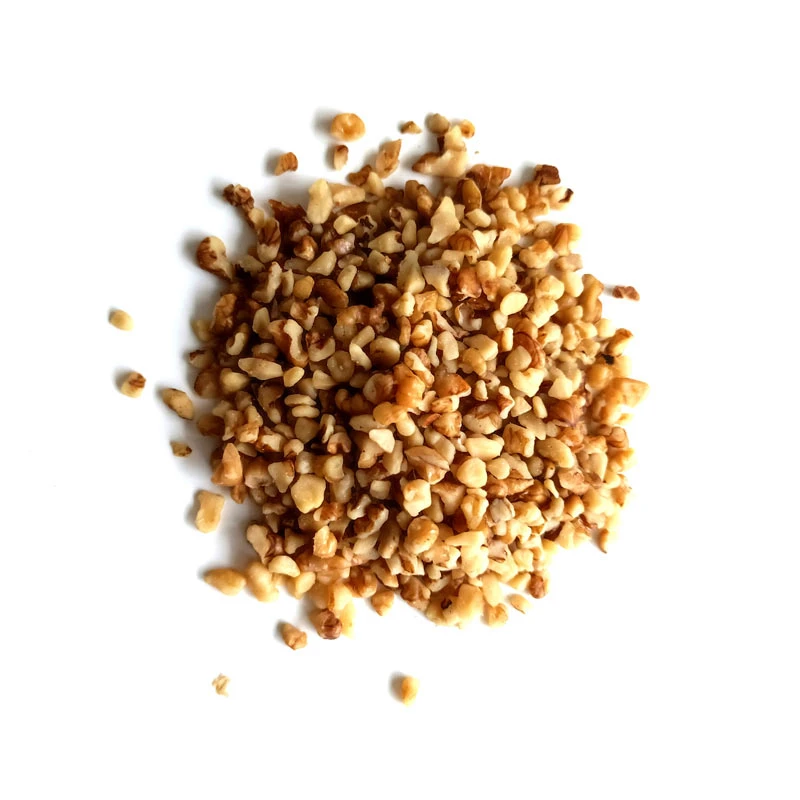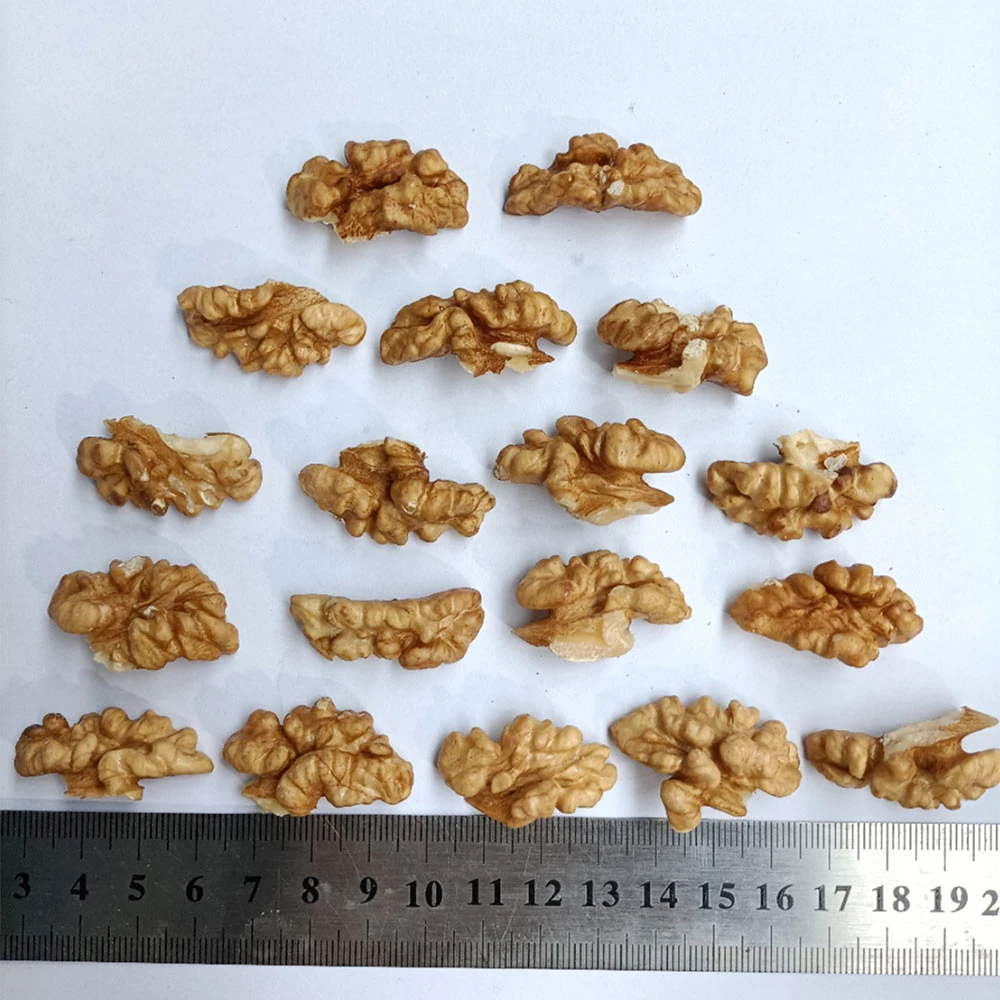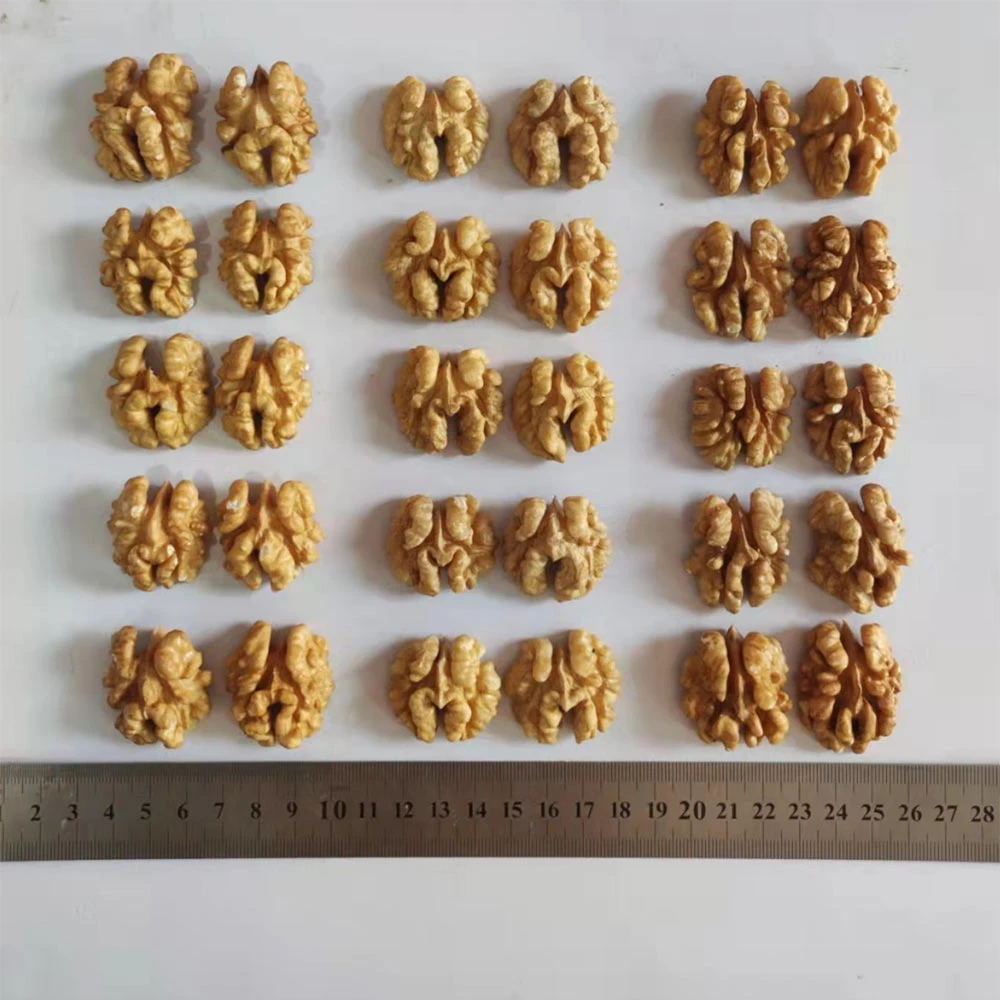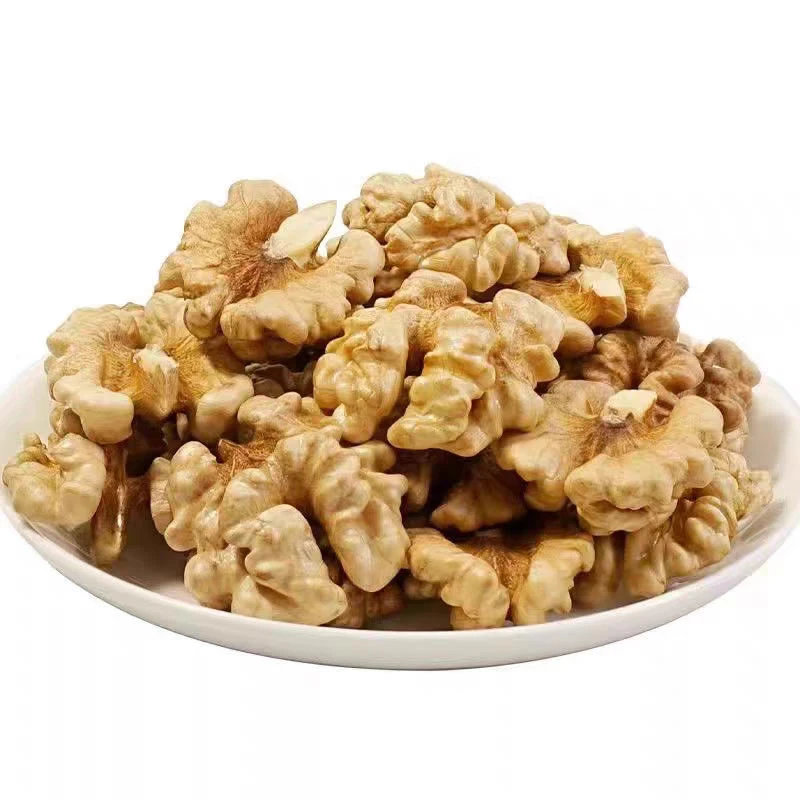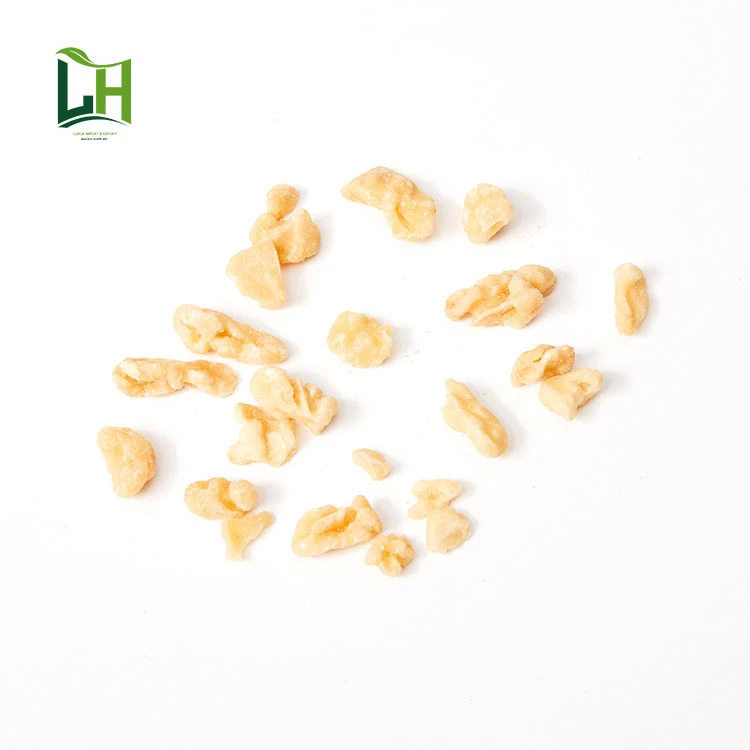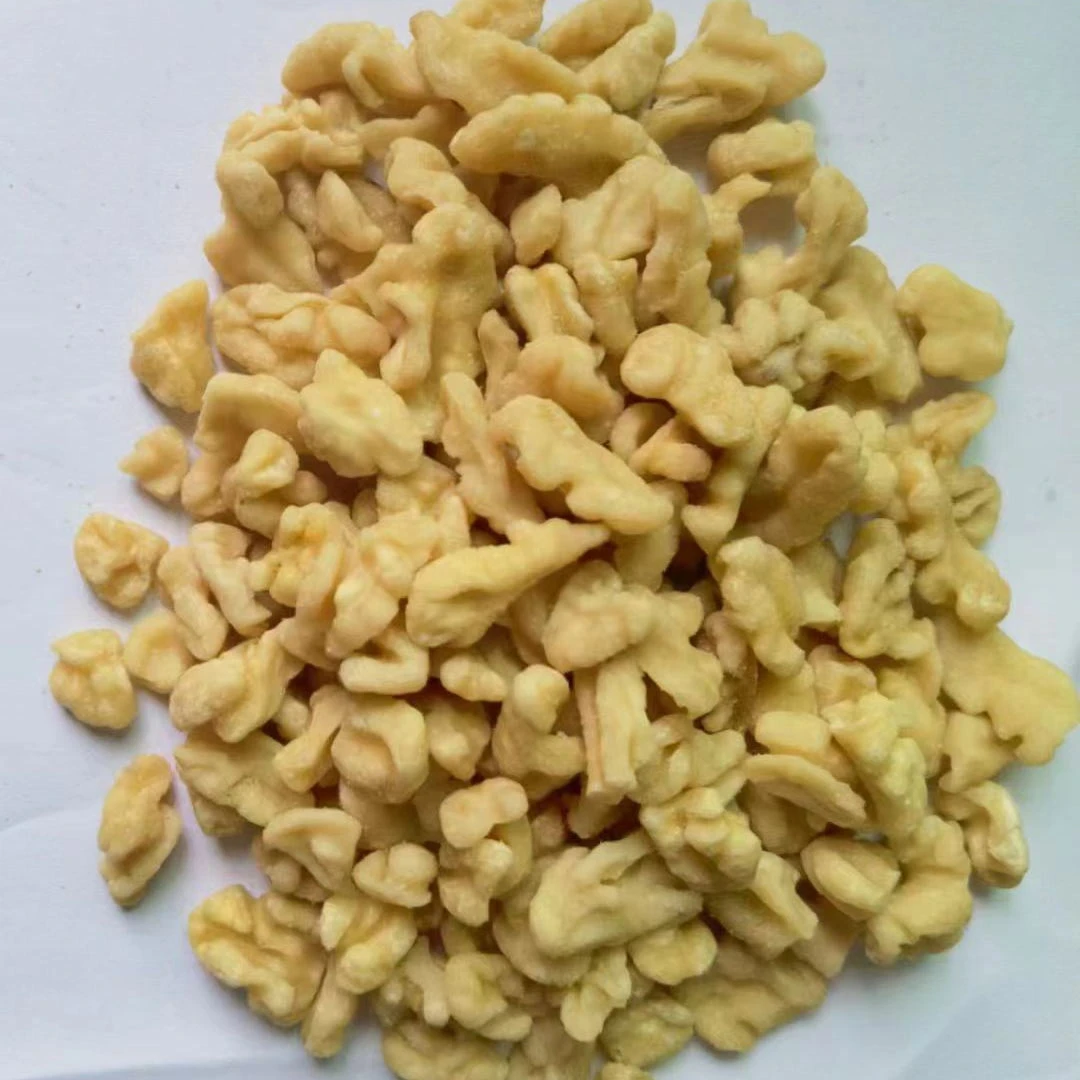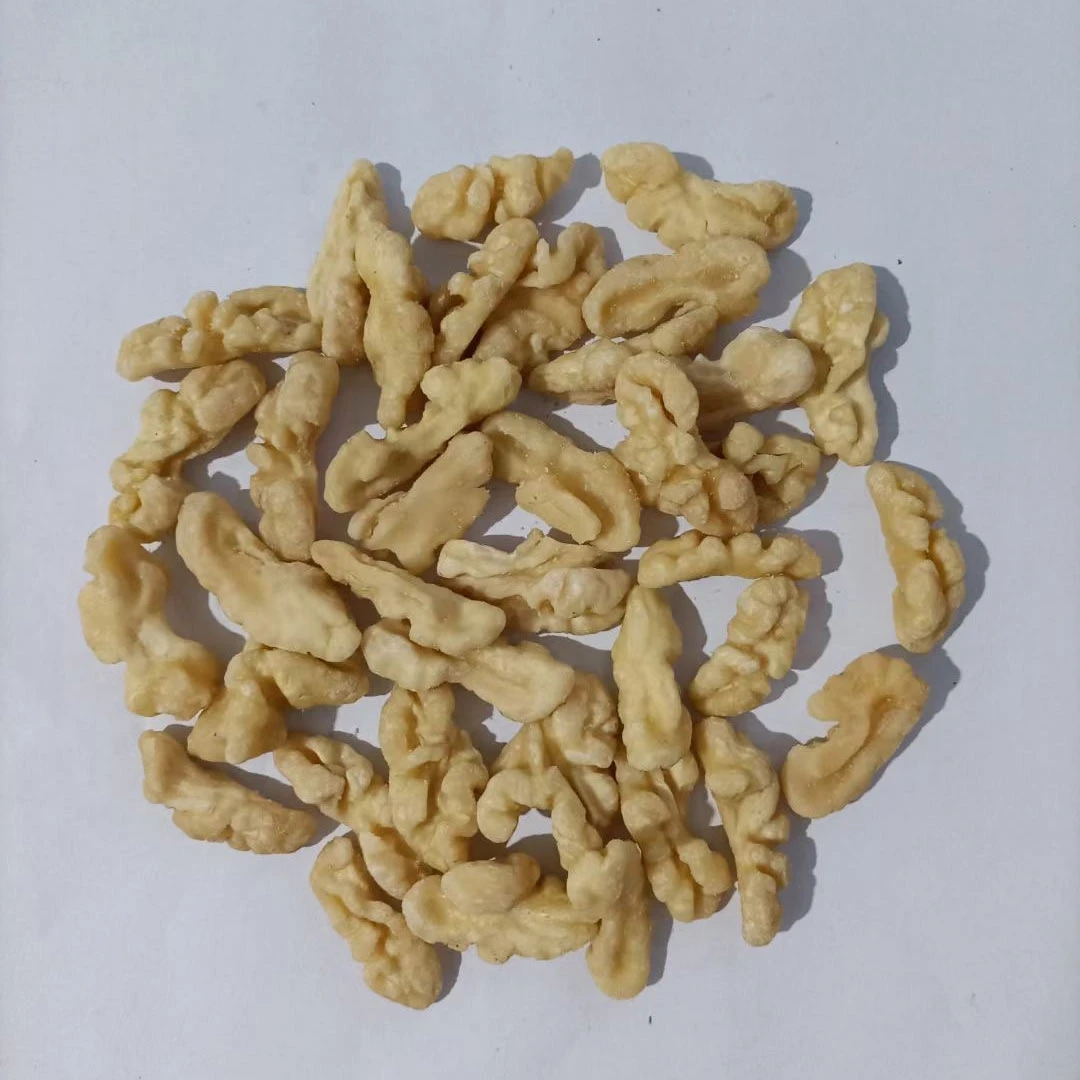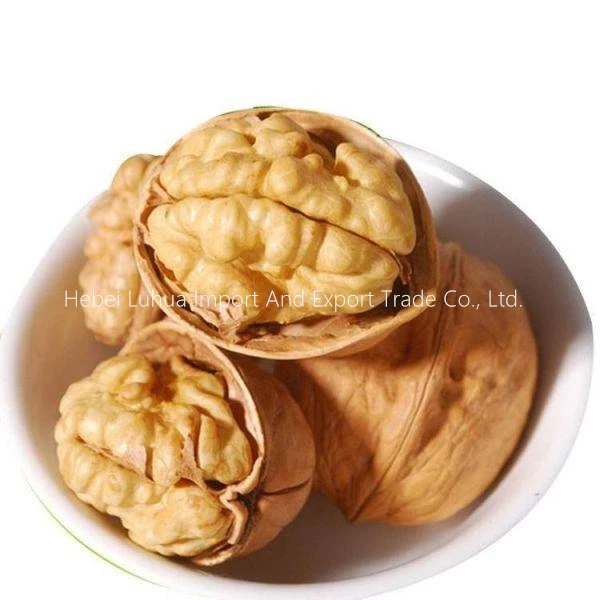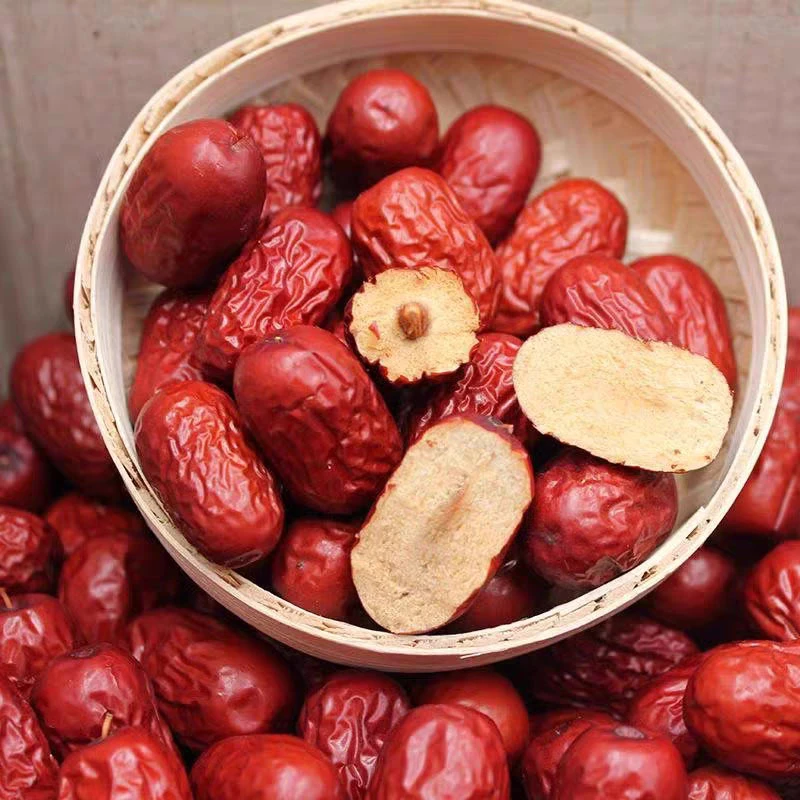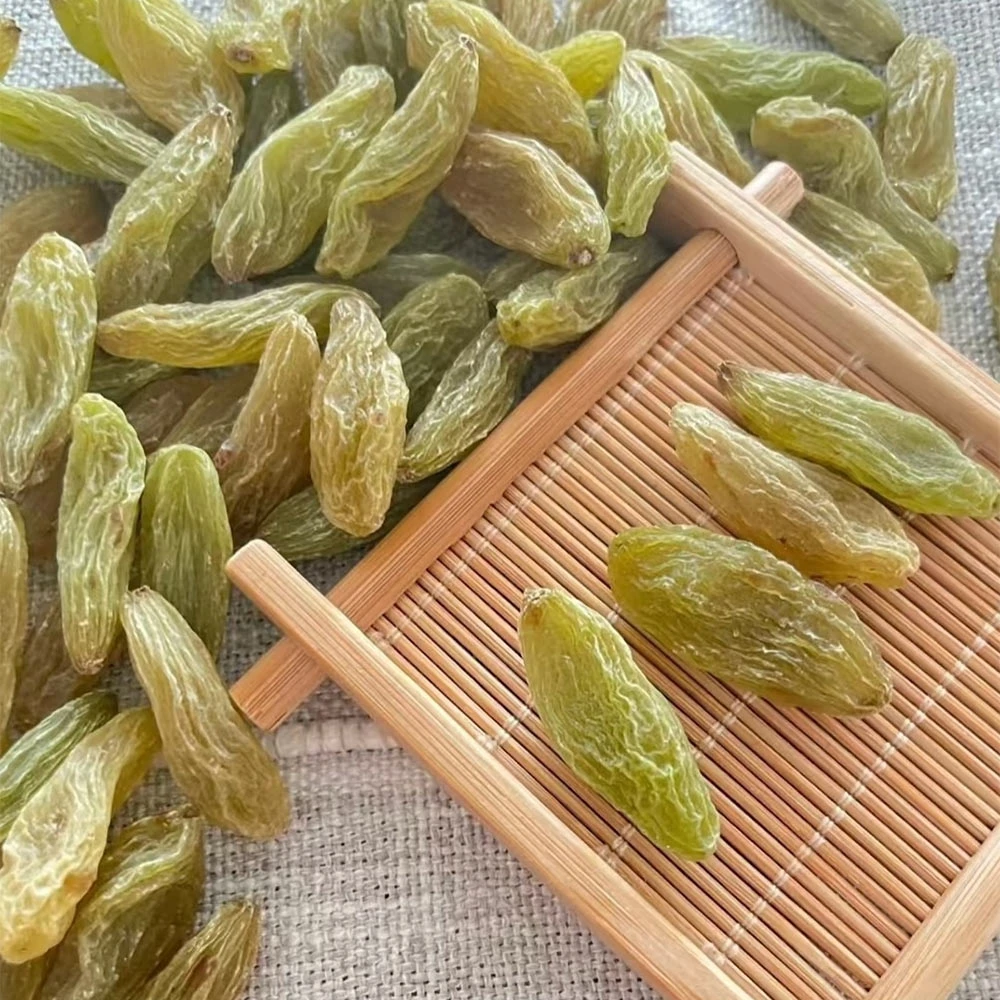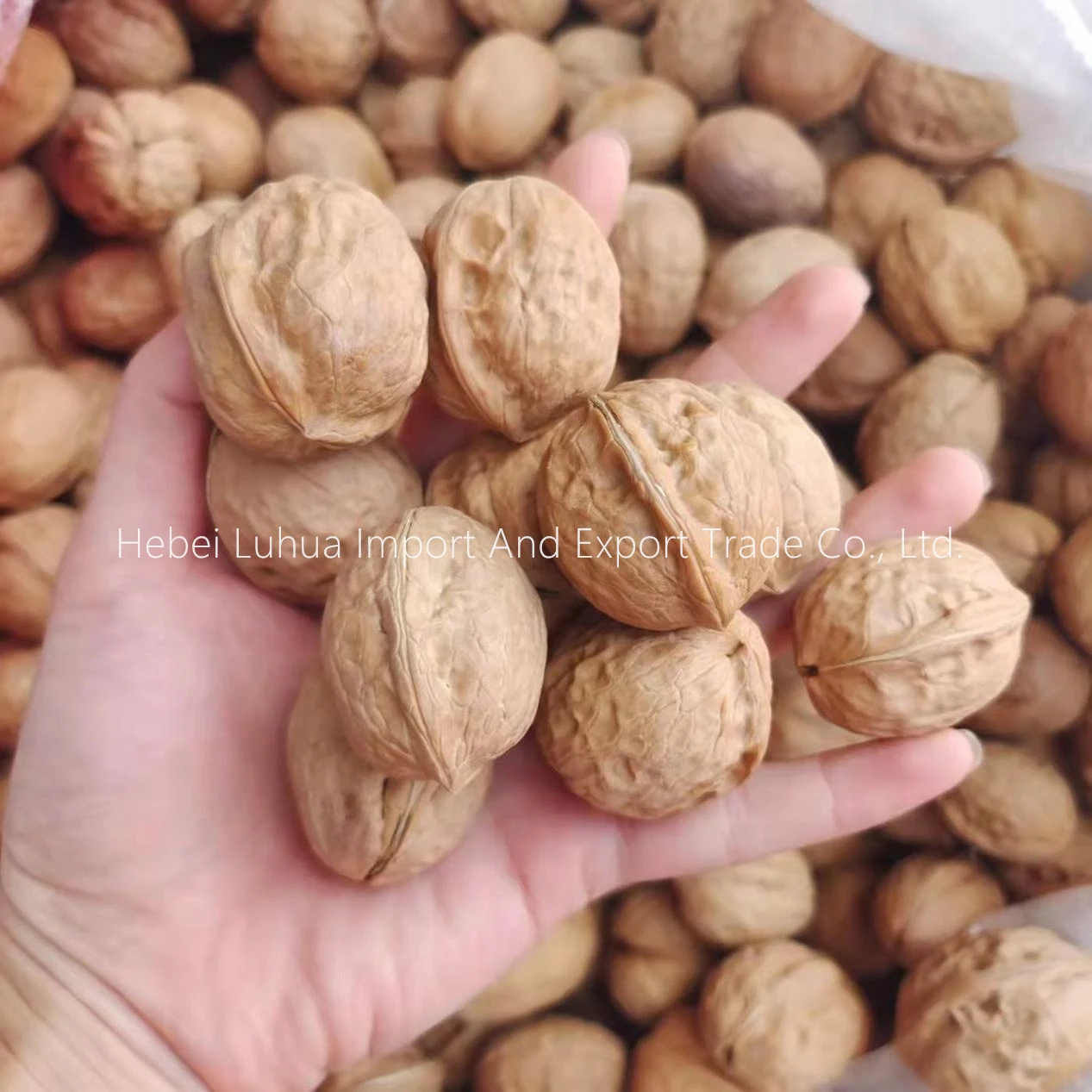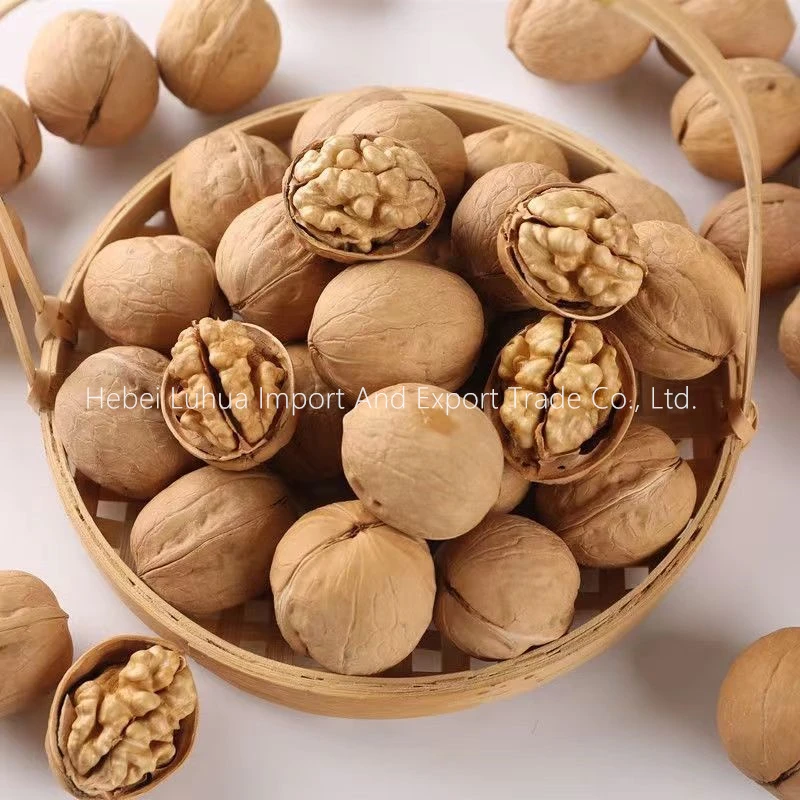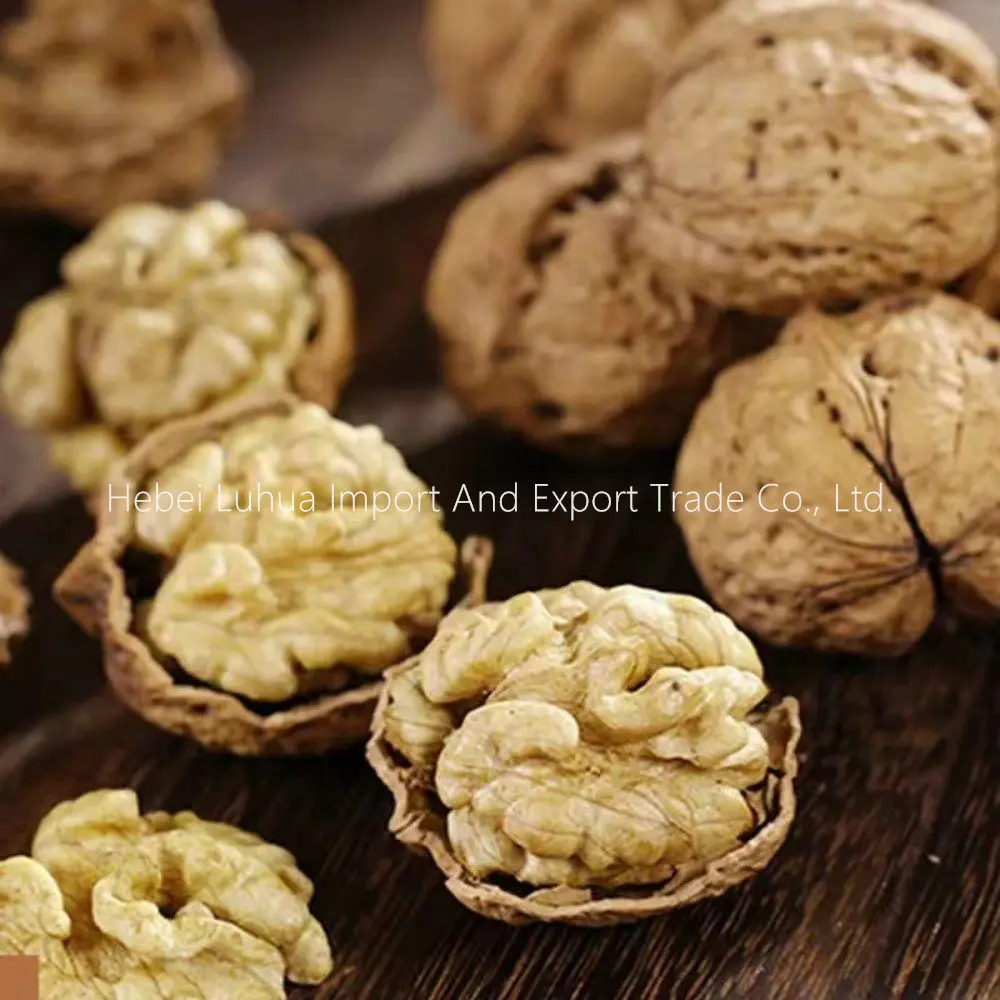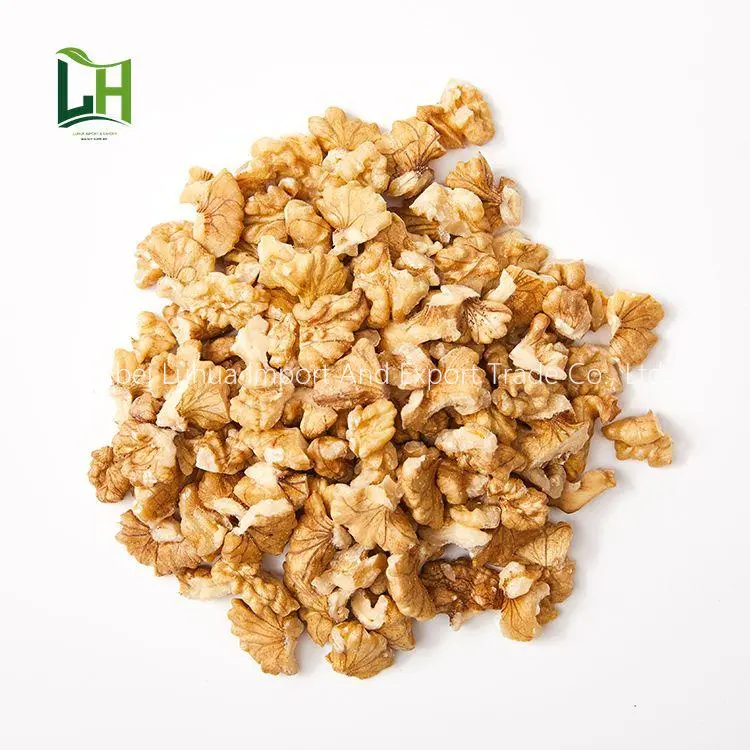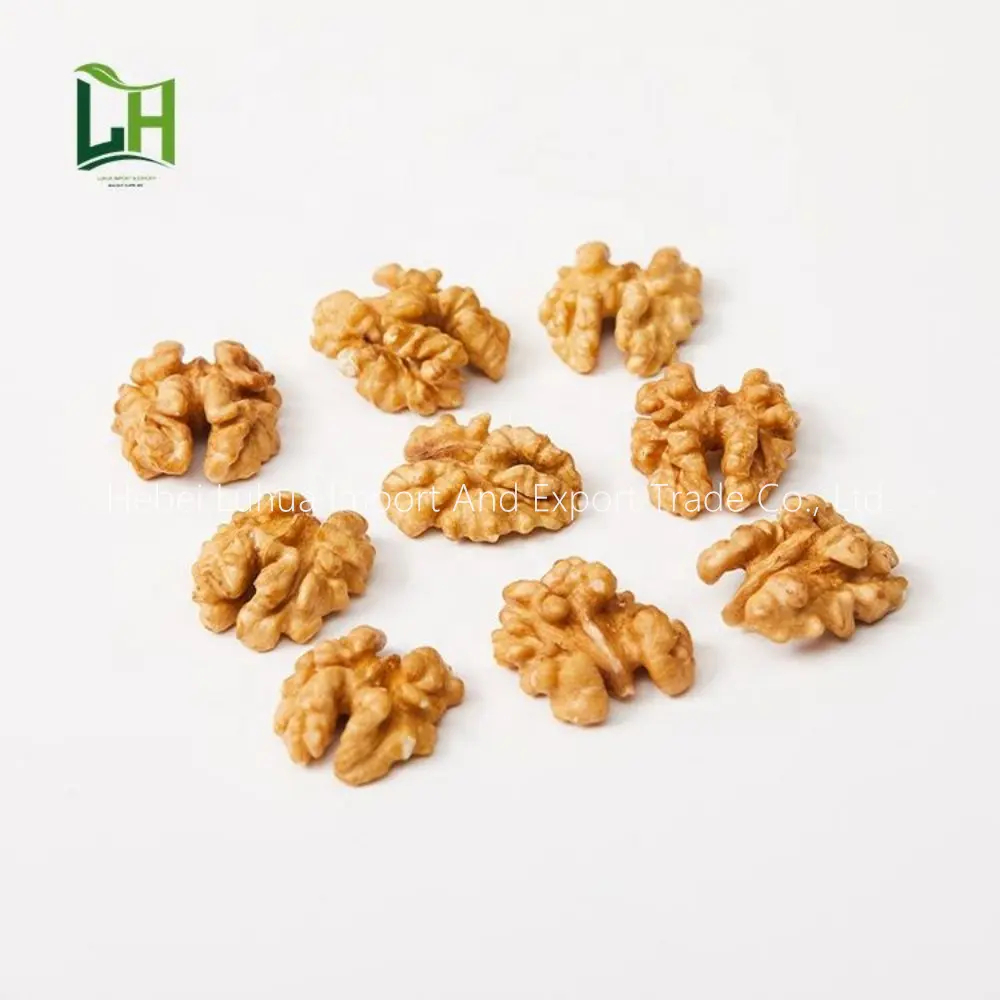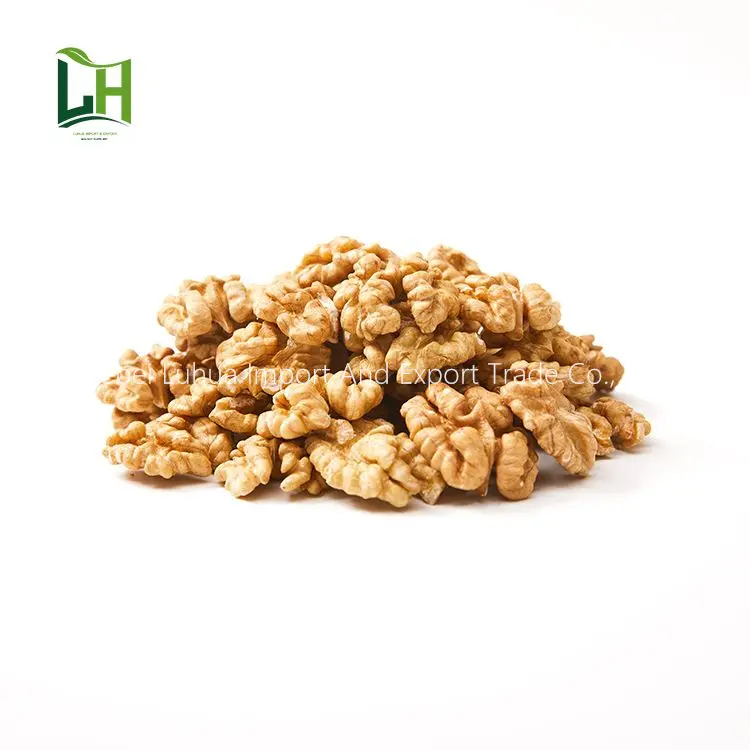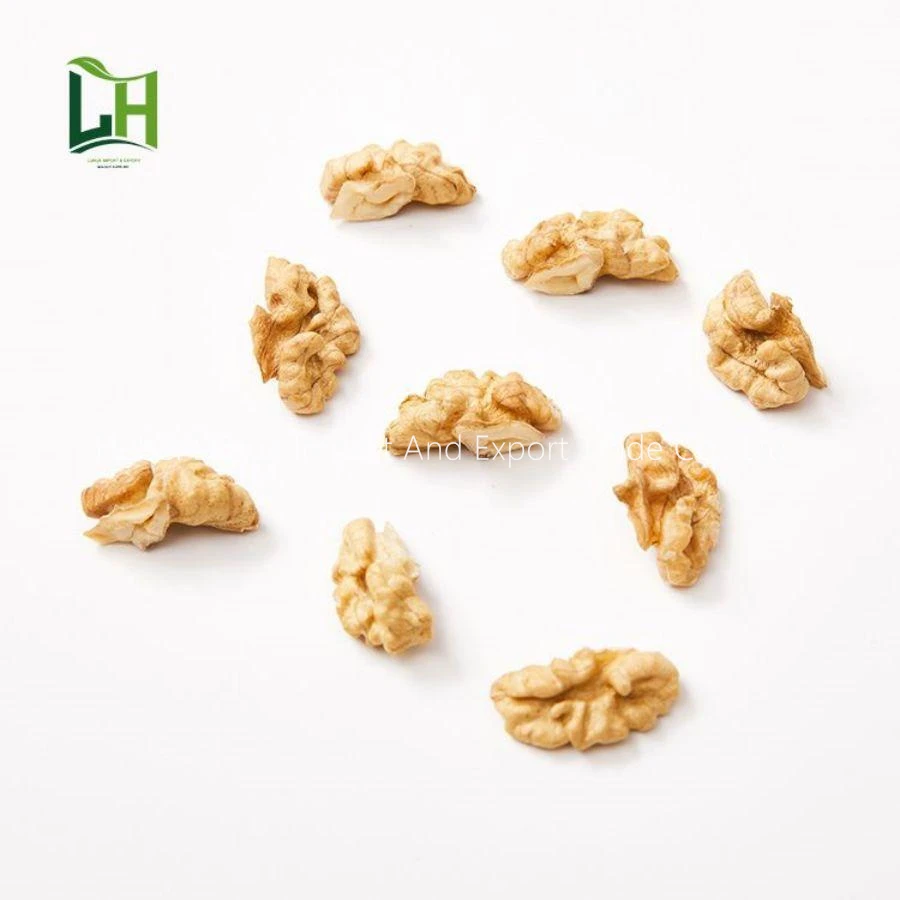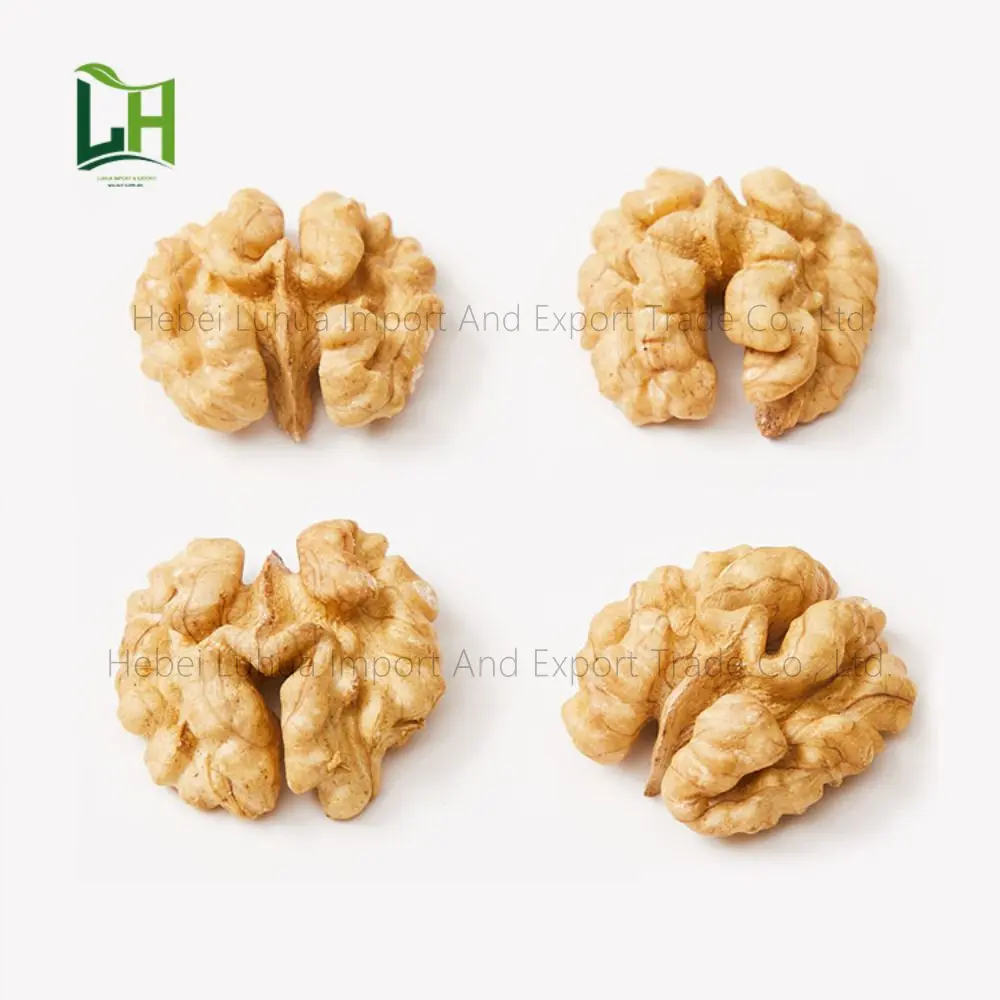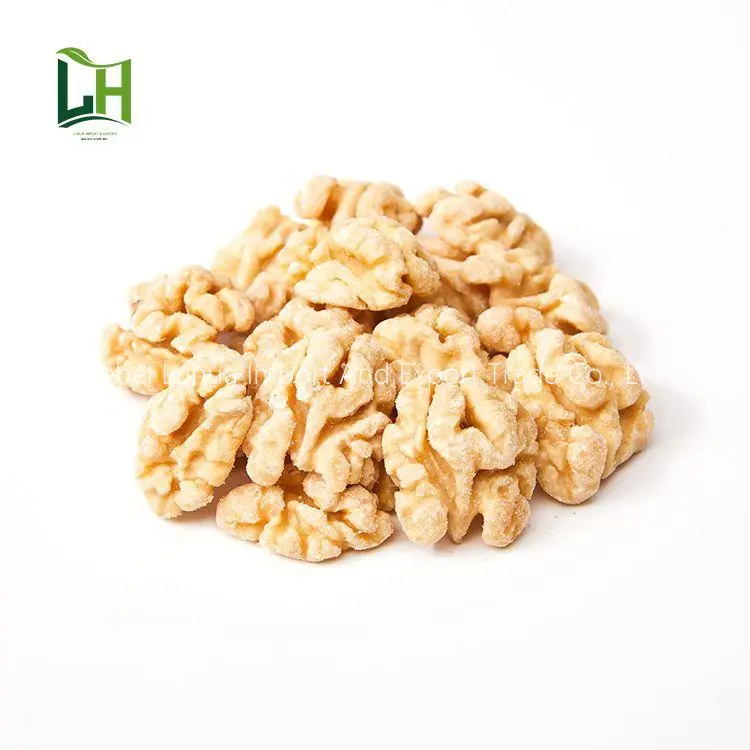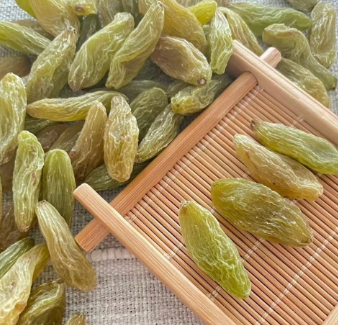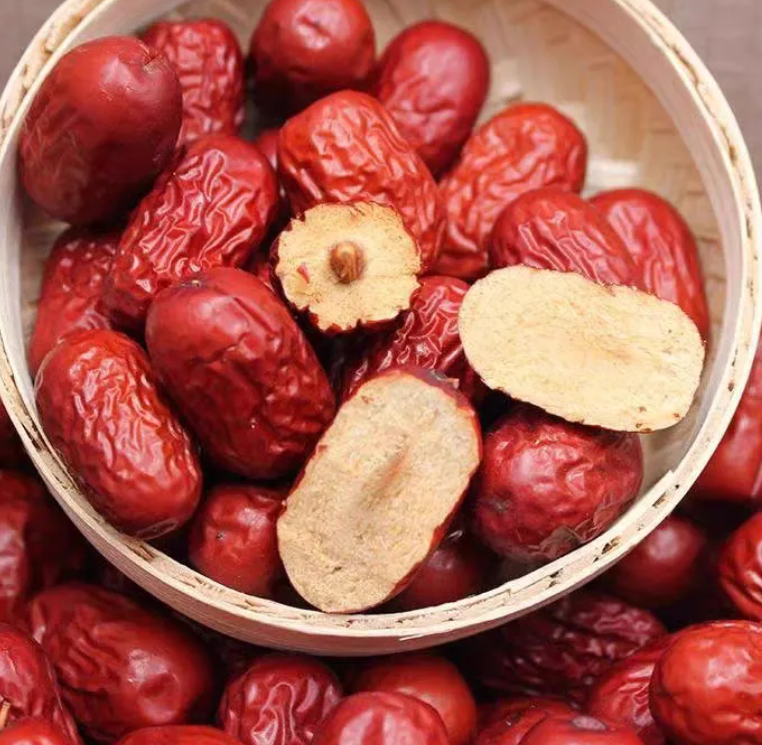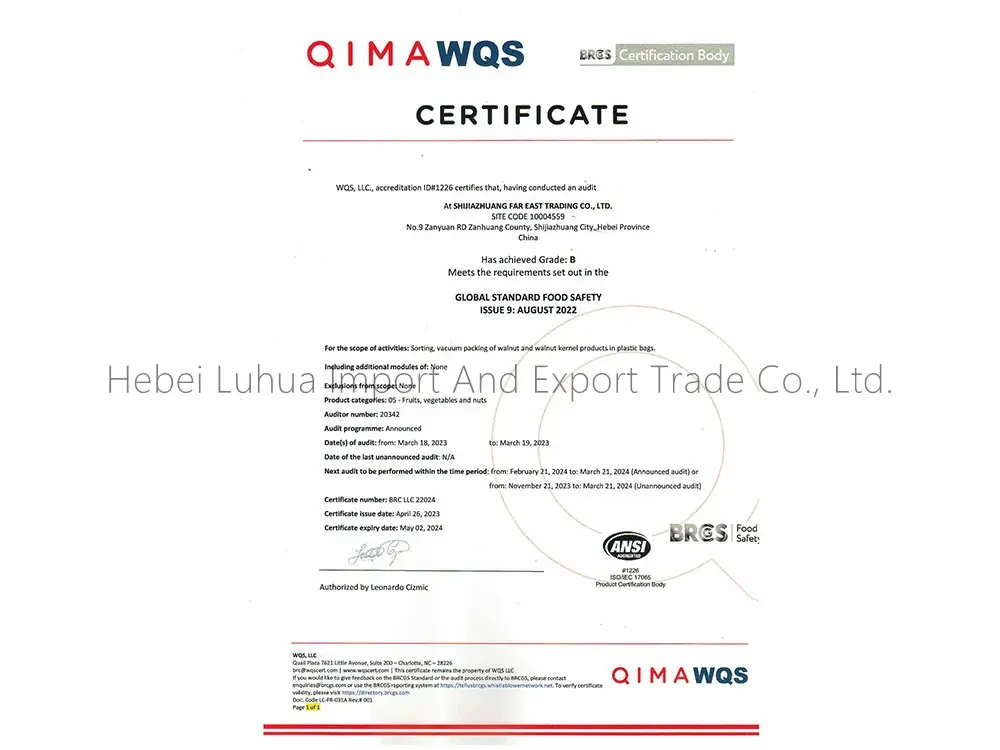- Introduction: Overview of walnuts kinds
- Exploring Different Kinds of Walnuts
- Market Data: Production, Export, and Pricing Trends
- Technical Edge in Walnut Processing and Storage
- Manufacturers Compared: Product Specifications and Advantages
- Customized Walnut Solutions Across Industries
- Summary: Embracing the Diversity in Walnuts Kinds

(walnuts kinds)
Introduction: Unveiling the World of Walnuts Kinds
The global nut market is undergoing an evolution as consumer interest in nutrition and sustainability continues to grow. Among the various edible nuts, walnuts kinds stand out due to their nutritional value, diverse applications, and adaptable cultivation methods. Today, businesses and consumers alike are poised to benefit from the variety found in the world of walnuts, whether for culinary, industrial, or health purposes. Understanding the spectrum of different kinds of walnuts available, including their origins, attributes, and pricing fluctuations, empowers buyers and industry experts to make informed decisions in both procurement and innovation.
Exploring Different Kinds of Walnuts
Walnuts are not a monolithic crop; several distinct types exist, each with unique properties that cater to varying preferences and industrial requirements. The most prominent commercial walnut species is the English (Persian) walnut (Juglans regia), revered for its delicate flavor, thin shell, and widespread culinary use. The Black walnut (Juglans nigra) is distinguished by its robust taste profile and harder shell, making it suitable for niche markets and specialty foods.
Additional varieties include the Butternut (Juglans cinerea), native to North America, known for its oily and mild-flavored kernel, and Heartnut (Juglans ailantifolia var. cordiformis), favored for its beautiful heart-like nut shape and mild sweetness. Industrial processing often utilizes the Chandler, Howard, Hartley, Franquette, and Serr sub-varieties of the English walnut, each bringing differentiators in yield, nut size, shell thickness, and kernel percentage.
These different kinds of walnuts are grown globally, with major contributions from the United States (particularly California), China, Iran, Ukraine, and Turkey. Their growing conditions affect not only kernel characteristics but also price and shelf life, making variety knowledge a competitive edge in sourcing decisions.
Market Data: Production, Export, and Pricing Trends
The landscape of walnut production is dominated by a few key nations, which set trends for current price of walnuts and supply chain dynamics. Here is a comparative table summarizing data from 2023:
| Country | Annual Production (Metric Tons) | Export Volume (Metric Tons) | Major Walnut Kind | Avg. Wholesale Price (USD/kg) |
|---|---|---|---|---|
| United States | 690,000 | 550,000 | Chandler, Hartley | 2.36 |
| China | 1,400,000 | 48,000 | Xingyang, Wen 185 | 2.00 |
| Iran | 355,000 | 12,000 | Karaj | 2.50 |
| Ukraine | 125,000 | 56,000 | Bukovinskaya | 2.45 |
| Turkey | 107,000 | 9,000 | Şebin | 2.60 |
These numbers highlight key distribution and pricing tendencies: the United States continues to lead in walnut exports, especially with the Chandler and Hartley varieties, crucial for industrial baking and snack manufacturing. Chinese walnuts, though top in volume, are often consumed domestically, with limited export. The current price of walnuts remains sensitive to changing weather, logistics disruptions, and global demand, with price spikes of up to 22% over the last three years.
Technical Edge in Walnut Processing and Storage
Technological advances in walnut horticulture and post-harvest management are redefining industry standards. New varietal breeding programs emphasize shell-thinness for efficiency, pest resistance for sustainability, and kernel recovery rates to maximize profit margins. Recent data shows that modern walnut orchards leveraging precision irrigation and integrated pest management (IPM) enjoy up to 15% higher yields per hectare compared to traditional methods.
Post-harvest, innovations in mechanical cracking, automated sorting, and cold chain logistics ensure consistent kernel quality and minimize aflatoxin contamination risk. State-of-the-art vacuum packaging extends shelf life by 30-40%, critical for maintaining kernel freshness in export supply chains. With increasing scrutiny on food safety compliance, leading processors have adopted real-time contaminant scanning (metal, mycotoxin) and blockchain-enabled batch traceability.
Such technical advantages translate directly to end-user experience, fueling confidence in walnut-derived products for food, cosmetics, and nutraceutical use alike.
Manufacturers Compared: Product Specifications and Advantages
Selecting the right supplier is a strategic move. Below is a data table comparing four prominent walnut manufacturers based on product attributes and technological capabilities:
| Manufacturer | Main Varieties Offered | Annual Processing Capacity (MT) | Certifications | Packaging Options | Unique Advantage |
|---|---|---|---|---|---|
| California Gold Nuts | Chandler, Howard | 85,000 | BRC, Kosher, Halal | Bulk, Retail Packs, Vacuum | Automated sorting, blockchain traceability |
| Xinjiang Walnut Group | Xingyang, Wen 185 | 63,000 | HACCP, Organic | Bags, Cartons, Bulk | Certified organic production, advanced cold storage |
| Persian Kernel Co. | Karaj, Chandler | 34,000 | ISO 22000 | Retail, Private Label | Custom oil separation, high-grade kernels |
| Black Walnut Farms | Black Walnut, Heartnut | 7,500 | GFSI, Non-GMO | Pouches, Shell-On | Specialty varieties, minimal intervention |
Comparing these manufacturers helps buyers align their sourcing needs with product quality benchmarks, safety standards, and innovative features that address niche markets or large-scale food processing demands.
Customized Walnut Solutions Across Industries
The need for different kinds of walnuts continues to expand across new applicative domains. Food processors increasingly request specific kernel colors and sizes for confectionery and bakery formulations, while oil extractors desire high-lipid-content strains for premium walnut oil production. The emerging plant-based nutrition sector seeks organically certified, allergen-free walnuts for dairy alternatives and snacks.
Beyond edibles, the cosmetics industry values walnut derivatives for exfoliants and nourishing oils, emphasizing purity and traceability. Tailored solutions include custom roasting, seasoning, and private label packaging per client specifications. These advancements foster collaborative relationships between walnut producers and end-users, ensuring the reliable delivery of ingredient solutions optimized for taste, shelf life, and sustainability.
Real-world case: A leading sports snack brand partnered with a California-based grower to co-develop a bespoke kernel grade for high-protein snack bars, resulting in a 20% surge in product sales in Western Europe during 2023 Q3. Such strategic co-creation exemplifies the flexibility modern walnut suppliers can offer, fueling growth within competitive global markets.
Summary: Embracing the Diversity in Walnuts Kinds
As industries evolve and consumer demands become more sophisticated, the role of walnuts kinds as a versatile, healthy, and sustainable ingredient is only set to strengthen. By mastering knowledge of market trends, technology, supplier capabilities, and innovative custom solutions, buyers and manufacturers can confidently navigate the fluctuating landscape of the walnut industry. Staying informed on the current price of walnuts and supplier advancements ensures your brand delivers quality and value to the end customer. Embrace the diversity and potential within this fascinating world — a world where different kinds of walnuts offer more than just flavor, serving as a testament to agricultural ingenuity and market responsiveness.
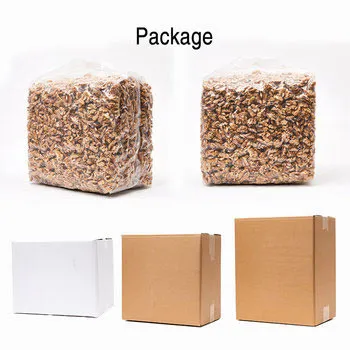
(walnuts kinds)
FAQS on walnuts kinds
Q: What are the main walnuts kinds available worldwide?
A: There are several kinds of walnuts, but the most common globally are English walnuts (Juglans regia) and Black walnuts (Juglans nigra). Each kind has unique flavor and shell characteristics.Q: How do different kinds of walnuts vary in taste?
A: English walnuts are milder and sweeter, while black walnuts are known for their strong, earthy flavor. This makes them suited for different culinary uses.Q: What are the different kinds of walnuts commonly used in cooking?
A: English walnuts are preferred for baking and snacks due to their mild taste, while black walnuts are often used in rich desserts and ice creams. Other less common varieties include Persian and Heartnut walnuts.Q: Where can I find the current price of walnuts?
A: The current price of walnuts can be found on commodity market websites or nut wholesalers. Prices may vary depending on the walnut kind and quality.Q: Do different walnuts kinds have different prices?
A: Yes, different kinds of walnuts can vary in price due to factors like rarity, harvest location, and demand. Black walnuts often cost more than English walnuts.Post time:Jul . 08, 2025 11:13
